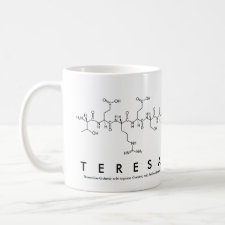
Authors: Viveiros R, Rebocho S, Casimiro T
Article Title: Green Strategies for Molecularly Imprinted Polymer Development.
Publication date: 2018
Journal: Polymers
Volume: 10
Issue: (3)
Page numbers: ArticleNo306.
DOI: 10.3390/polym10030306
Alternative URL: http://www.mdpi.com/2073-4360/10/3/306
Abstract: Molecular imprinting is a powerful technology to create artificial receptors within polymeric matrices. Although it was reported for the first time by Polyakov, eighty-four years ago, it remains, nowadays, a very challenging research area. Molecularly imprinted polymers (MIPs) have been successfully used in several applications where selective binding is a requirement, such as immunoassays, affinity separation, sensors, and catalysis. Conventional methods used on MIP production still use large amounts of organic solvents which, allied with stricter legislation on the use and release of chemicals to the environment and the presence of impurities on final materials, will boost, in our opinion, the use of new cleaner synthetic strategies, in particular, with the application of the principles of green chemistry and engineering. Supercritical carbon dioxide, microwave, ionic liquids, and ultrasound technology are some of the green strategies which have already been applied in MIP production. These strategies can improve MIP properties, such as controlled morphology, homogeneity of the binding sites, and the absence of organic solvents. This review intends to give examples reported in literature on green approaches to MIP development, from nano- to micron-scale applications
Template and target information: Review - MIPs from green approaches
Author keywords: molecular imprinting, Supercritical carbon dioxide, Ionic Liquids, deep eutectic solvents (DESs), Ultrasound-assisted, microwave synthesis



Join the Society for Molecular Imprinting

New items RSS feed
Sign-up for e-mail updates:
Choose between receiving an occasional newsletter or more frequent e-mail alerts.
Click here to go to the sign-up page.
Is your name elemental or peptidic? Enter your name and find out by clicking either of the buttons below!
Other products you may like:
 MIPdatabase
MIPdatabase









